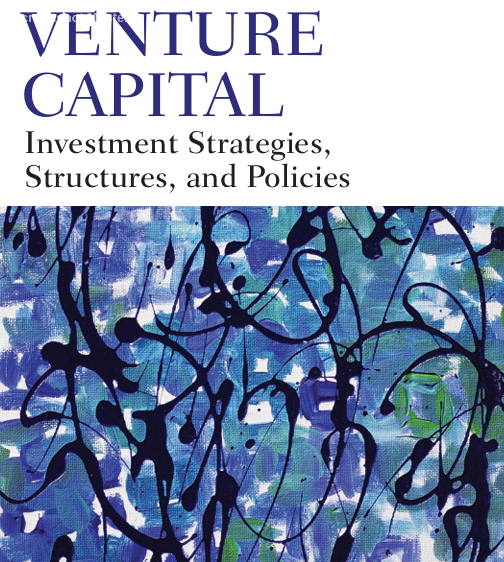
Venture Capital_ Investment Strategies⭐️ , Structures, and Policies (Robert W. Kolb Series)⭐️
"Venture Capital: Investment Strategies, Structures, and Policies" is a comprehensive academic and practical guide on the world of venture capital, published as part of the Robert W. Kolb Series in Finance. Edited by Douglas Cumming, this book aims to provide a thorough overview of the current state of research and best practices within the venture capital industry.
About the Robert W. Kolb Series in Finance: The Robert W. Kolb Series in Finance is a collection of books dedicated to exploring important issues in modern finance. Each book in the series, often with contributions from both academics and experienced financial professionals, delves into a specific financial topic. Robert W. Kolb himself is a distinguished Professor of Finance and the Frank W. Considine Chair of Applied Ethics at Loyola University Chicago, known for his extensive publications in finance and business ethics. The series reflects a commitment to providing in-depth, authoritative insights into complex financial subjects.
Description of the Book:
This particular volume on venture capital serves as an essential resource for anyone seeking to understand the intricacies of this crucial form of financing for entrepreneurial firms. It addresses various aspects, from the initial sourcing of capital to the ultimate exit strategies.
Key areas and themes covered in "Venture Capital: Investment Strategies, Structures, and Policies" typically include:
-
Alternative Forms of Venture Capital: The book explores the diverse sources of venture capital, going beyond traditional VC firms to include angel investors, corporate venture capital (CVC), government funds, and even philanthropic venture capital models.
-
Structure of Venture Capital Investments: It delves into the mechanics of venture capital deals, examining financial contracts, monitoring mechanisms, and the crucial role of due diligence. This includes understanding deal terms, valuation, and how investments are structured.
-
Value-Added by Venture Capitalists: A significant portion is dedicated to how VCs actively contribute to the success of their portfolio companies. This goes beyond mere capital provision to include strategic guidance, mentorship, networking, and operational support. The book also examines potential conflicts of interest and governance issues that can arise.
-
Venture Capital Exits and Returns: It analyzes the various ways VCs realize returns on their investments, such as Initial Public Offerings (IPOs) and mergers & acquisitions (M&A). It also discusses the drivers of venture capitalists' returns and the inherent risks and uncertainties involved.
-
International Venture Capital and Public Policy: The book broadens its scope to include the global landscape of venture capital, exploring differences in markets across countries and the impact of public policy on venture capital ecosystems.
-
Decision-Making and Innovation: It touches upon the decision-making processes within VC firms and the strong link between venture capital and fostering innovation.
The book emphasizes that venture capital-backed entrepreneurial firms are often more successful in terms of innovation, profitability, and public share price performance. It aims to provide a reliable and comprehensive view of this dynamic industry, combining theoretical research with practical insights to help readers understand the true potential of venture capital. It's often seen as a valuable resource for students, academics, financial professionals, and entrepreneurs looking to deepen their knowledge of venture capital.